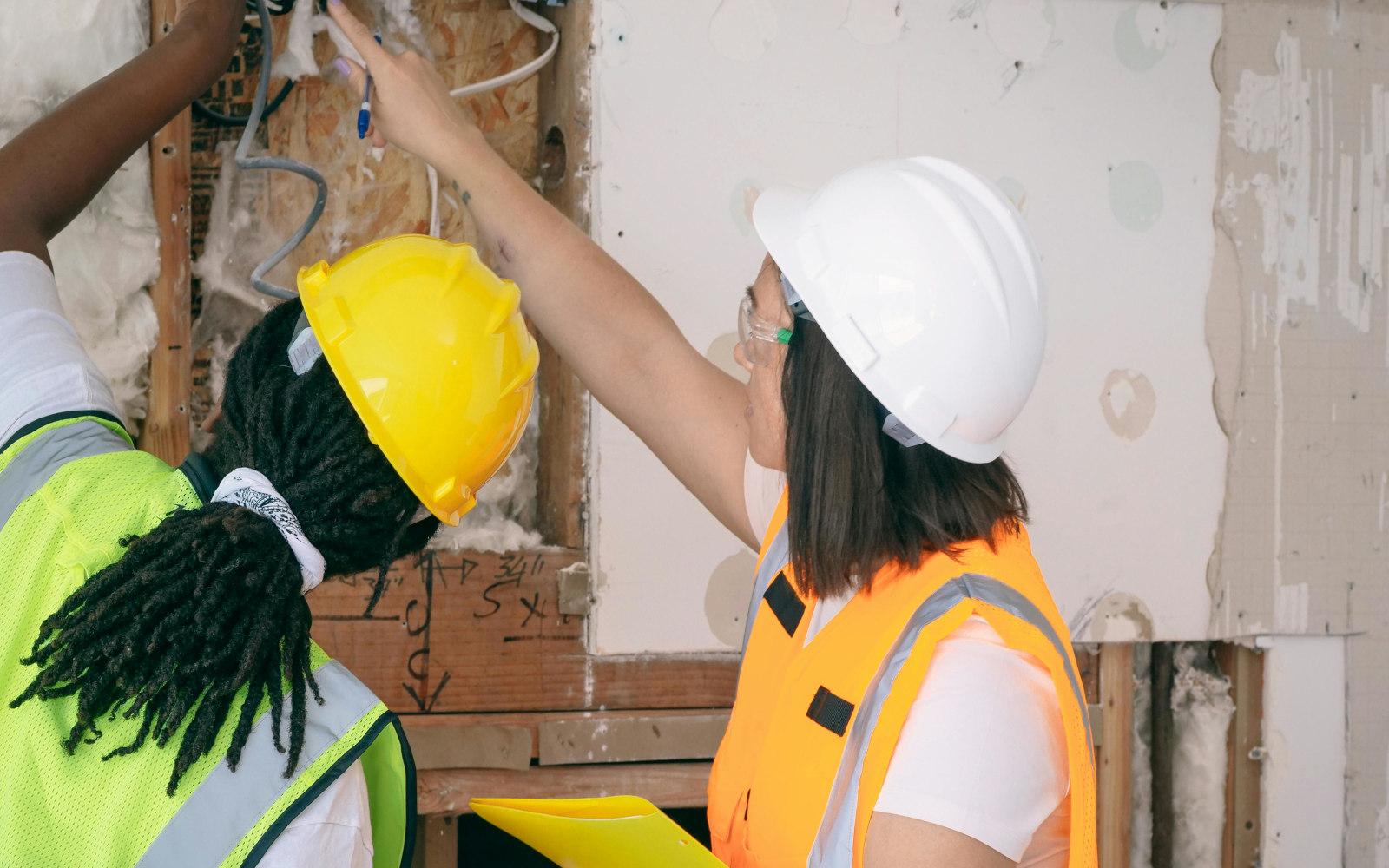Fixed gas sensors are essential for ensuring safety in manufacturing and industrial environments. They play a critical role in detecting the presence of harmful gases, allowing for timely interventions to prevent accidents. Proper placement of these sensors is crucial to their effectiveness, as it ensures accurate monitoring and timely detection of gas leaks. In this article, we will explore the best practices for mounting fixed gas sensors, considerations for different gases, and lesser-known insights into fixed toxic gas detector placement and maintenance.
Placement Considerations
Identifying Potential Hazard Zones
Before installing fixed gas sensors, it’s essential to conduct a thorough assessment of the facility to identify potential atmospheric hazards. This includes pinpointing areas where toxic gases are stored, processed, or generated, such as storage rooms, boiler rooms, and confined spaces. Additionally, attention should be given to potential discharge points like valves, pipes, ignition sources, and fittings. Identifying these zones helps determine the optimal locations for sensor installation.
Avoiding Obstructions
To ensure the sensors detect gas leaks effectively, they must have a clear line of sight to potential hazard sources. Avoid placing sensors behind obstacles like large equipment, storage containers, and structural elements. A clear line of sight allows sensors to detect gas leaks promptly and provides an accurate representation of the gas concentration in the monitored area.
Considering Environmental Factors
Environmental conditions, such as temperature, humidity, and airflow patterns, can significantly impact gas dispersion and concentration levels. For instance, temperature fluctuations can cause changes in gas density, affecting the sensor’s accuracy. It’s crucial to install sensors in areas with stable environmental conditions to ensure consistent readings. Additionally, avoid placing sensors near ventilation intakes or entrances, as these areas may not accurately represent the gas levels in the monitored area.
Location Considerations
Height and Mounting
The density of the gas being monitored dictates the height at which sensors should be mounted. For heavier-than-air gases, such as propane and gasoline, sensors should be installed within inches of the floor. Conversely, for lighter-than-air gases, such as hydrogen and methane, sensors should be mounted near the ceiling. For gases with a density similar to air, sensors should be placed within the breathing zone, typically 4 to 6 feet above the floor.
Quick Reference for Sensor Placement:
| Gas | Chemical Symbol | Color | Smell | Risks | Recommended Detector Mounting Height |
|---|---|---|---|---|---|
| Ammonia | NH3 | Colorless | Pungent Odor | Toxic | Breathing Level |
| Carbon Dioxide | C02 | Colorless | Odorless | Asphyxiant | Roughly 12″ from floor |
| Carbon Monoxide | C0 | Colorless | Tasteless / No Smell | Toxic/Poisonous | Breathing Level |
| Chlorine | Cl2 | Green/Yellow | Bleach | Toxic/Poisonous | Breathing Level |
| Chlorine Dioxide | Cl02 | Green/Yellow | Bleach | Oxidizer | Roughly 12″ from ceiling |
| Hydrogen | H2 | Colorless | Odorless | Flammable | Roughly 12″ from ceiling |
| Hydrogen Sulfide | H2S | Colorless | Rotten Eggs | Toxic | Breathing Level |
| Nitrogen | N2 | Colorless | Odorless | Asphyxiant | Breathing Level |
| Nitrogen Dioxide | N02 | Brown | Pungent Odor | Toxic | Breathing Level |
| Oxygen | 02 | Colorless | Odorless | Oxidizer | Roughly 12″ from ceiling |
| Ozone | 03 | Colorless | Faint Pungent Odor | Toxic | Breathing Level |
| Sulfur Dioxide | SO2 | Colorless | Pungent Odor | Toxic | Breathing Level |
Area Coverage
Refer to the manufacturer’s guidelines for the optimal distance between gas monitors, considering sensor capabilities and hazard zones identified during the assessment. It is advisable to have a slight overlap between detection zones of adjacent detectors to prevent gaps where a potential gas leak could go undetected. Collaborating with a qualified professional who has expertise in gas dispersion can help determine the best locations for the fixed toxic gas detector installation.
Accessibility
Ensure that sensors are easily accessible for routine maintenance, bump tests, and calibration. This reduces the need for specialized equipment and allows for efficient servicing. Moreover, the control panel of the gas detection system should be positioned outside hazardous areas to enable personnel to view gas levels safely during emergencies.
Maintenance Guidelines
Regular Testing and Calibration
Establish a routine schedule for gas detector calibration and testing. This ensures that the sensors are functioning correctly and providing accurate readings. Workplace safety professionals recommend adhering to the manufacturer’s calibration schedule and including maintenance services in outsourced agreements if applicable.
Inspecting Sensors and Alarms
Regular inspections of sensors for signs of contamination, corrosion, or physical damage are crucial. Additionally, testing the alarm functionality ensures that the system responds appropriately to detected gas concentrations. Addressing any issues promptly maintains the reliability of the detection system.
Keeping Records
It is essential to maintain detailed records of all maintenance activities, including bump tests, calibrations, inspections, and repairs. These records serve as documentation of compliance with industry standards and are valuable for audits.
Proper placement and maintenance of fixed gas sensors are critical components of industrial safety. By considering the density of gases, potential hazard zones, environmental factors, and fixed toxic gas detector accessibility, safety managers and industrial hygienists can optimize the effectiveness of their gas detection systems. Regular testing and maintenance further ensure the reliability of these systems. For expert advice or to request a quote for an Interscan gas detection system, please contact our team.
For those interested in enhancing their facility’s safety measures, contact us to learn more about the Accusafe and GasD 8000 systems, designed to meet your specific gas detection needs.


